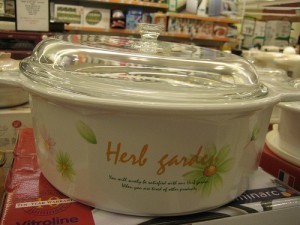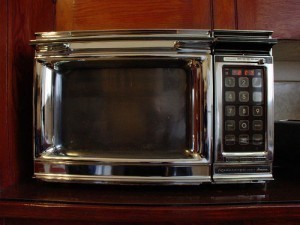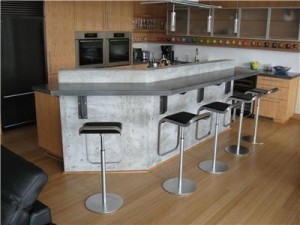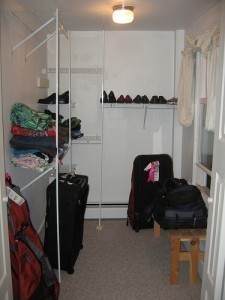Fuse Box Size Guide
This fuse box size guide is for the Bussman fu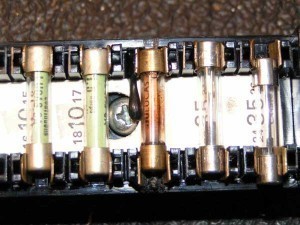 ses. The following fuses are all 125v rated. This means they will work for voltage in the United States. You can use this example to compare the specs of other fuses.
ses. The following fuses are all 125v rated. This means they will work for voltage in the United States. You can use this example to compare the specs of other fuses.
Fuse Box Dimensions and Types
The 1AG glass fast blow is 5/8 x 1/4" – 0.63 x 0.25". The 2AG version measures 0.60 x 0.18" – 15 x 5mm – 5/8 x 5/17". The 3AG is 1.25 x .25" – 1-1/4 x 1/4" and the 3AG glass slow blow is 1.25 x 0.25" – 1-1/4 x 1/4". The C3AG ceramic fast blow is 1-1/4 x 1/4".
The ceramic 3AG slow blow is 1-1/4 x 1/4". The fuse box size of the glass 5 fast blow is 5mm x 20mm (0.787 x 0.19"). The 5AG glass fast blow is 1.5 x 3/8". The 7AG glass fast blow is 13/16 x 1/4". The 8AG glass fast blow is 1.0 x 1/4". The BBS and KTK fuses are 1-3/8 x 3/8.
Other Fuse Box Specifications
The 201-04MT 4 Gang Block measures 3.5L x 2W x 1.5H". The 201-06MT 6 Gang Block measures 4L x 2W x 1.5H". The 201-08MT 8 Gang Block dimensions are 4.5L x 2W x 1.5H" and the 201-10MT 10 Gang Block is 5.00L x 2W x 1.5H". The FB-2 Dual Fuse Block size is 1.25 inch x 1/4" for the 3AG.
Fuse Box Size and Current Limitation Guide
The following are the suggested U.L current limiting classes. For the time delay type: Class L (LCL–600VAC or less: 601-6000A); Class RK1 (–LENRK–250VAC or less), 6/10-600A, –LESRK –600VAC or less: 1/2-600A; Class RK5 (–ECNR –250VAC or less: 1/10-600A); Class J –JDL–600VAC or less: 1-600A; Class CC, –HCTR –600VAC or less: 1/4-10A.
For fast acting types:
Class T, –TJN 300VAC or less: 1-800A; 300VAC or less: 1-800A, –LCU –600VAC or less: 601-6000A; for Class RK1, –NCLR –250VAC or less: 1-600A; Class J, –JFL –600VAC or less: 1-600A and for Class CC, –HCLR –600VAC or less: 1/10-30A.
Other Information
Regardless of the fuse box size, the fuses can usually be rewired. Some use a cartridge instead. Some old fuse box models are comprised of brown-black Bakelite. These are old models, and it is unlikely one will find them being sold.
Even if they are available, it is best to avoid them. The biggest threat is pulling the fuse carrier without turning off the power. The end result is the individual makes contact with a live connection.
Among the most widely used are 4 way fuse boxes. These typically have a couple of lighting as well as two socket circuits. These usually have heavy loads like an immersion heater. The bigger boxes have separate fuses. Some fuse boxes have had the fuse carriers removed in favor of MCBs. The ratings for homes are 6kA (this is usually the highest).
An analysis of fuse box sizes and their specifications can be quite complicated. If you don’t know what to use, consult a professional.

